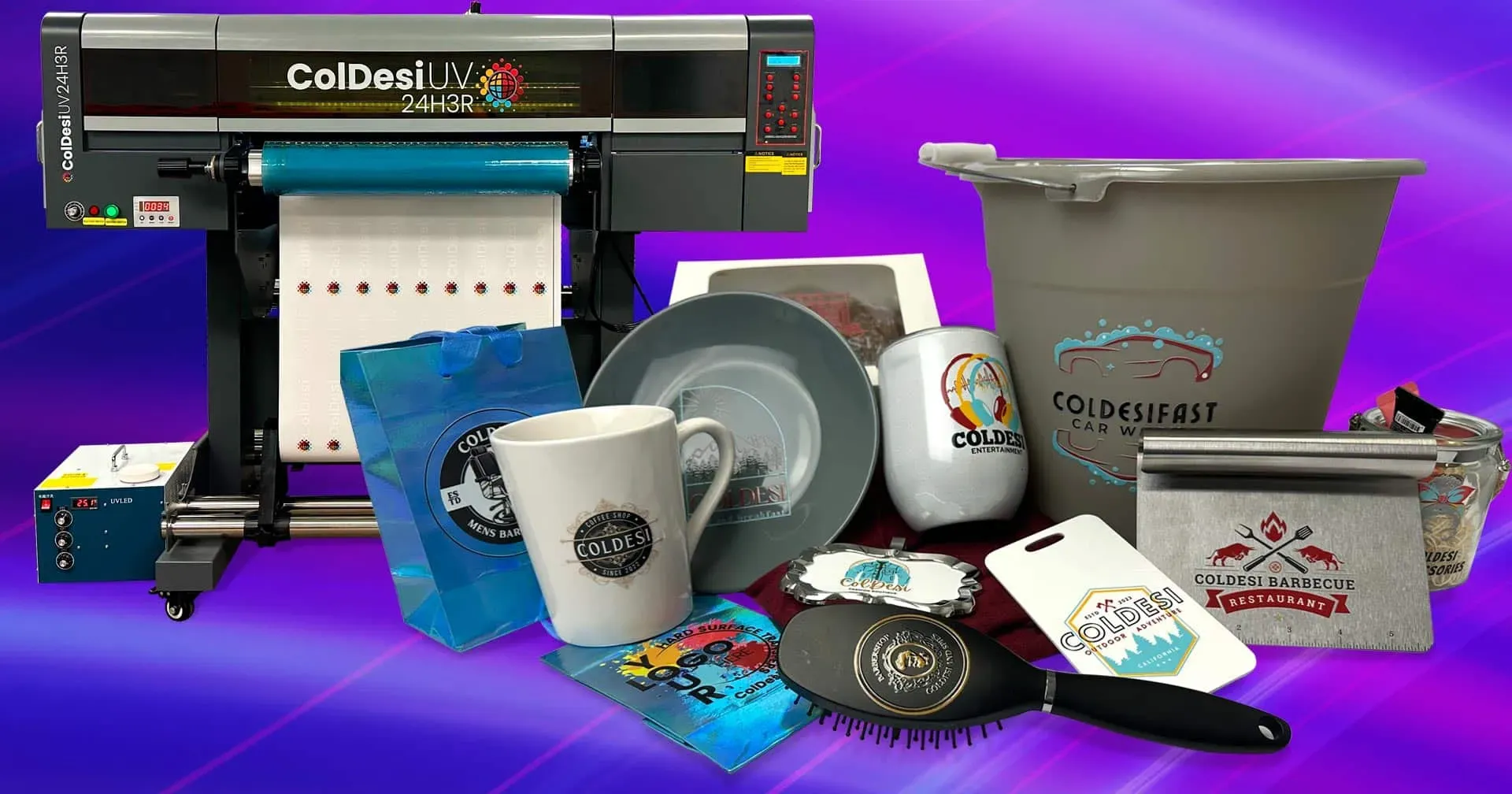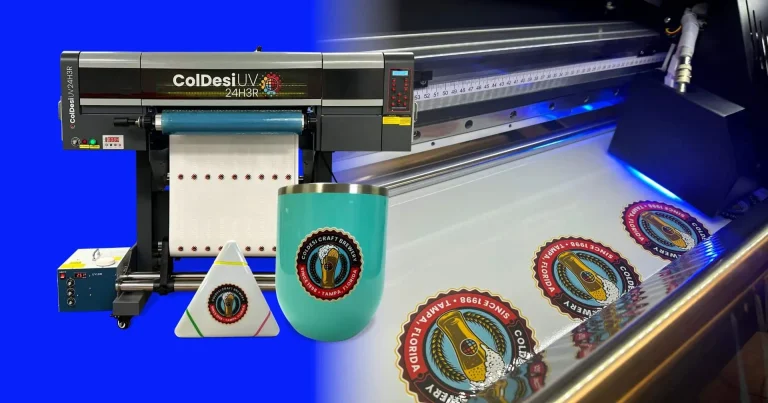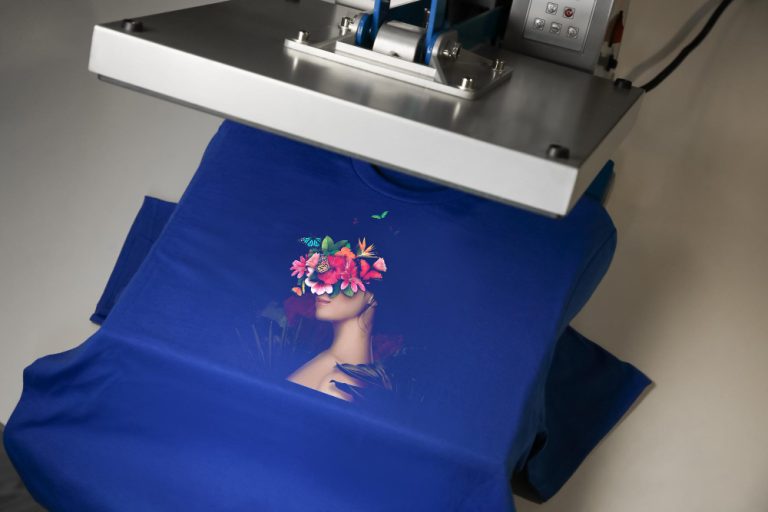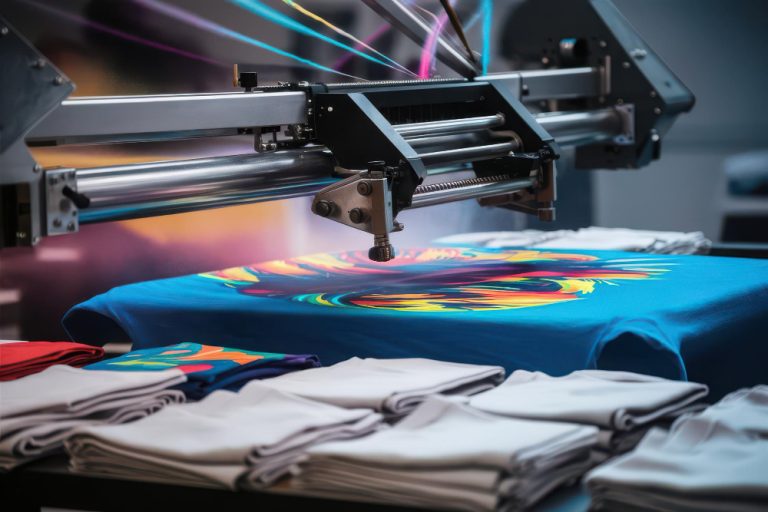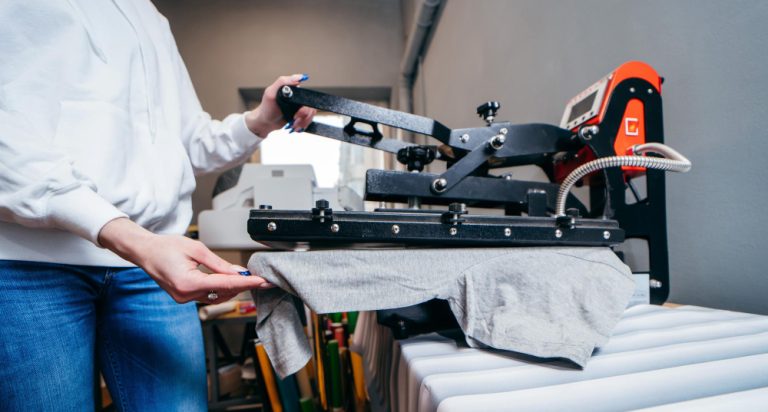UV DTF Printing: Step-by-Step to Master the Technique
UV DTF printing, a cutting-edge technology combining the benefits of UV printing and Direct to Film methods, is transforming the graphic design landscape. This innovative process allows artists and businesses to produce vibrant and durable prints on a variety of substrates, from apparel to promotional items. As sustainability becomes a priority in modern manufacturing, UV DTF technology presents eco-friendly printing solutions that adhere to environmental standards while delivering exceptional quality. In this guide, we’ll delve into the essential steps on how to master UV DTF printing, enabling you to create stunning visuals that truly stand out. Embrace this revolutionary technique and elevate your printing capabilities today!
Also known as Direct to Film printing, UV DTF printing represents a significant advancement in the realm of visual reproduction. This process utilizes ultraviolet-curable inks that bond to different types of materials, ensuring longevity and resistance to wear. With the increasing demand for versatile and high-quality printing options, mastering this innovative method can enhance your business’s offerings while appealing to environmentally-conscious consumers. UV DTF technology stands out not only for its visual impact but also for its commitment to sustainable printing practices. By harnessing the power of this technology, you can unlock a world of creative possibilities.
The Evolution of UV DTF Printing
UV DTF (Direct to Film) printing represents a significant advancement in printing technology, combining the quick-drying capabilities of UV printing with the versatility of Direct to Film methods. This fusion has opened new possibilities for graphic designers and businesses alike, allowing them to print stunning visuals on various surfaces, including textured fabrics and rigid materials. As the demand for unique, custom prints rises, UV DTF technology keeps evolving to meet the market’s needs, offering improved resolution and durability.
The benefits of UV DTF printing extend beyond mere aesthetics. Its fast curing time means that prints can be produced and processed rapidly, significantly reducing turnaround times for businesses. In addition, the ability to create vivid colors that adhere to a wide range of substrates sets UV DTF apart from traditional printing methods. As businesses strive to stand out in their respective markets, mastering UV DTF printing has become a vital skill that enhances the creative potential of any printing service.
Choosing the Right Equipment for UV DTF Printing
When delving into UV DTF printing, selecting the right equipment is paramount. Printers like those from Epson and Mimaki are commonly recommended for their reliability and quality specifically tailored for UV DTF applications. Each model offers unique features suited for different types of materials, from flexible textiles to rigid boards. Before investing in a printer, it’s essential to assess your specific needs and the kinds of projects you will undertake to ensure you make the best choice for your shop.
Moreover, the technological advancements in printing equipment have made it easier than ever to achieve high-quality results with minimal effort. Features such as automatic sensors for ink levels and maintenance alerts enhance the user experience while reducing downtime. As you explore UV DTF technology, invest in equipment that not only meets your current demands but also leaves room for your business to grow and adapt to future trends in sustainable printing solutions.
Understanding UV DTF Inks and Their Impact
The choice of inks in UV DTF printing plays a critical role in achieving high-quality prints. UV-curable inks offer unique properties, such as quick drying times and exceptional durability, which ensure that printed designs withstand abrasion and exposure to various environmental conditions. Understanding the formulations of these inks allows printers to select products that deliver stunning color saturation and vibrancy while also minimizing environmental impact.
Furthermore, the trend towards sustainable printing solutions emphasizes the importance of eco-friendly inks. Many manufacturers are now offering UV inks that are recyclable or derived from bio-based materials without sacrificing performance. By choosing these sustainable options, businesses can meet consumer demand for environmentally responsible products while maintaining exceptional print quality, aligning their operations with the growing global focus on sustainability.
Preparing Designs for UV DTF Printing Success
The preparation of designs is a crucial step in the UV DTF printing process. Using industry-standard design software, such as Adobe Illustrator or Photoshop, ensures that your artwork is of high resolution, which is essential for producing sharp and clear prints. Designers must also pay careful attention to the file formats and specifications compatible with their UV DTF printers, to avoid any issues during the actual printing process.
Additionally, design preparation involves understanding the characteristics of the materials to be printed on. This knowledge dictates how colors and textures will appear once printed, allowing designers to make necessary adjustments to ensure that the final output aligns with the creative vision. By investing time in this phase, you increase the likelihood of achieving impressive results that captivate audiences and satisfy client expectations.
Fine-tuning Settings for Optimal UV DTF Results
Every UV DTF printer comes with specific settings that can dramatically affect print quality. Experimenting with various presets and adjustments can help in achieving the desired results based on the specific materials being used and the intricacies of the designs. For instance, adjusting the speed of print or the intensity of the UV light can make a substantial difference in how well the ink adheres to different substrates.
Conducting test runs before final production is a critical practice in fine-tuning printer settings. This allows you to determine the ideal balance of speed, pressure, and curing times needed for each type of project. Through consistent testing and adjustments, you can enhance print quality, ensuring that every output meets the highest standards possible and exceeds client expectations.
Ensuring Quality Control in UV DTF Printing
Quality control is an integral element of the UV DTF printing process, influencing both the consistency of output and customer satisfaction. Implementing a systematic approach to check each print for color accuracy, resolution, and adhesion helps maintain high-quality standards throughout production. Establishing routines to inspect the results allows any issues to be identified and addressed promptly, ensuring that every product reflects the excellence of the printing service.
Moreover, incorporating feedback loops into your quality control process can be invaluable. Gathering insights from clients regarding their experience and the final products can yield helpful information that informs future printing projects. By understanding client needs and expectations, you can refine your processes and enhance the overall efficiency of your UV DTF printing operation.
Frequently Asked Questions
What is UV DTF printing and how does it work?
UV DTF printing, or Direct to Film printing, uses UV-curable inks that harden upon exposure to UV light. This technology enables vibrant prints on various substrates, combining the benefits of UV printing with DTF methods for exceptional durability and adherence.
How can I master UV DTF printing?
To master UV DTF printing, focus on selecting the right equipment, understanding the properties of UV inks, preparing high-resolution designs, experimenting with printer settings, and maintaining quality control throughout the printing process.
What are the advantages of using UV DTF technology?
UV DTF technology offers numerous advantages, including the ability to print on both flexible and rigid materials, quick drying times with UV-curable inks, and the production of scratch and chemical resistant prints that cater to diverse applications.
Are there sustainable printing solutions available in UV DTF printing?
Yes, there are sustainable printing solutions in UV DTF printing, including eco-friendly UV inks that provide high-quality prints while minimizing environmental impact. Researching these options helps align printing practices with sustainable standards.
What types of materials can be printed using UV DTF printing?
UV DTF printing is versatile and can be applied to a wide range of materials, including promotional products, apparel, décor items, and more, thanks to its ability to adhere to both flexible and rigid surfaces.
What is the importance of quality control in UV DTF printing?
Quality control in UV DTF printing ensures that each print meets high standards for color, resolution, and adhesion. Implementing routine checks and a feedback loop helps maintain consistency and improve overall printing quality.
| Key Aspects | Details |
|---|---|
| Introduction to UV DTF Printing | UV DTF printing combines UV printing and DTF methods, enabling vibrant and durable designs on diverse materials. |
| Understanding UV DTF Printing | Utilizes UV-curable inks that harden under UV light, offering scratch and chemical resistance. |
| Key Steps to Master UV DTF Printing | Follow crucial steps such as choosing the right equipment, understanding inks, preparing designs, experimenting with settings, and conducting quality control. |
| Choose the Right Equipment | Select reliable brands like Epson or Mimaki suited for your printing needs. |
| Understand the Inks | Select durable, eco-friendly inks for high-quality prints. |
| Prepare Your Designs | Use software like Adobe Illustrator to create high-resolution files. |
| Experiment with Settings | Fine-tune printer settings for optimal results. |
| Select the Right Transfer Process | Ensure accurate alignment and appropriate pressure during transfer. |
| Quality Control | Implement checks for consistency and quality in prints. |
| Post-processing Techniques | Enhance prints with curing and lamination for durability. |
| Recent Insights and Trends | The industry is moving towards sustainable practices and eco-friendly inks. |
Summary
UV DTF printing is a transformative technology that merges advanced UV printing techniques with the versatility of DTF methods, leading to exceptional printing results on various surfaces. By understanding the principles behind UV DTF printing and mastering the techniques involved, you can enhance your printing business and provide high-quality solutions to your clients. This innovative approach not only elevates the durability and vibrancy of prints but also aligns with the growing demand for sustainable practices in the printing industry. As you navigate through the essential steps outlined in this guide, you will be equipped to unlock endless possibilities with UV DTF printing.

